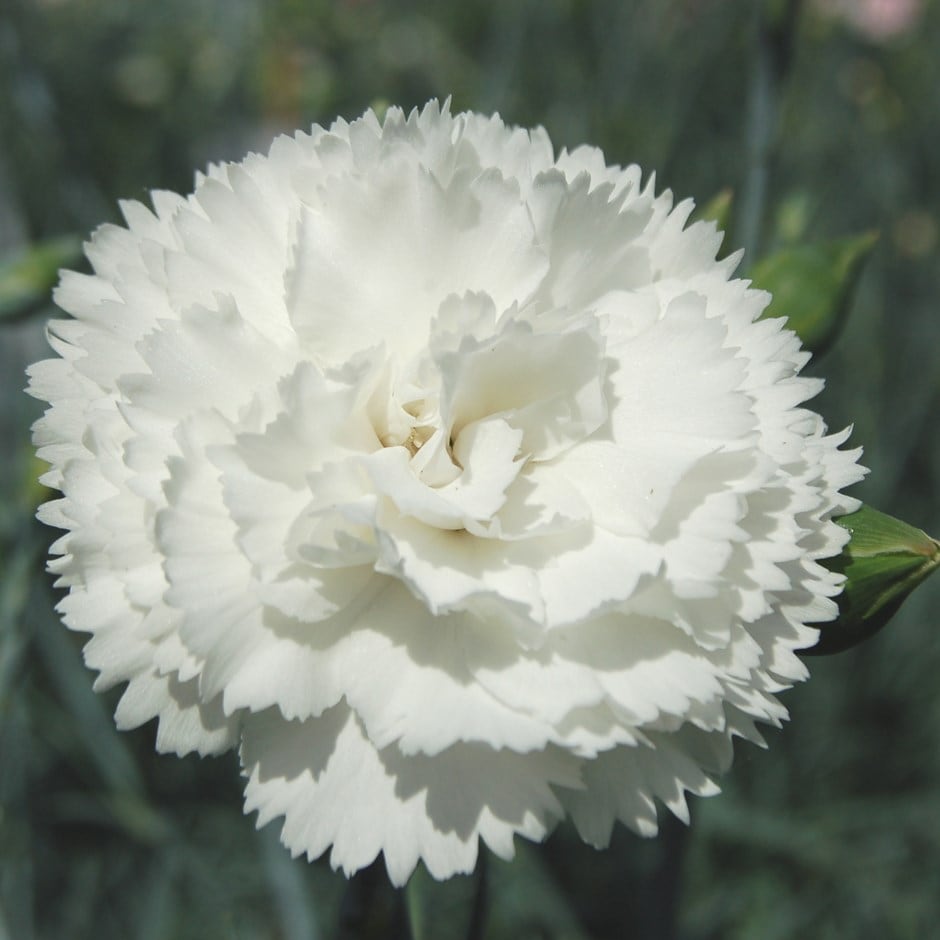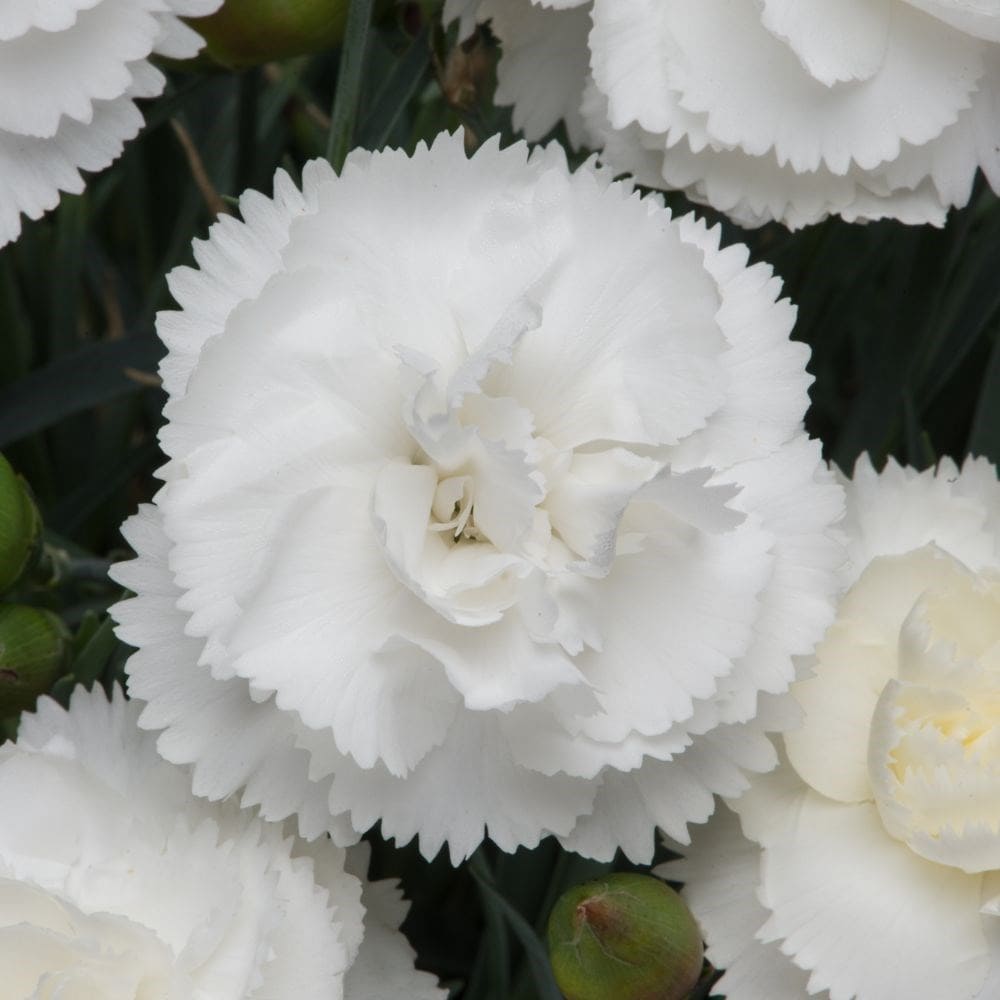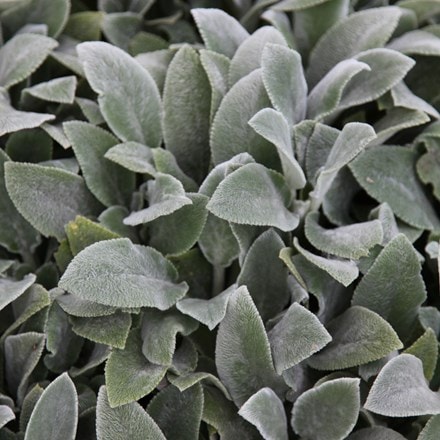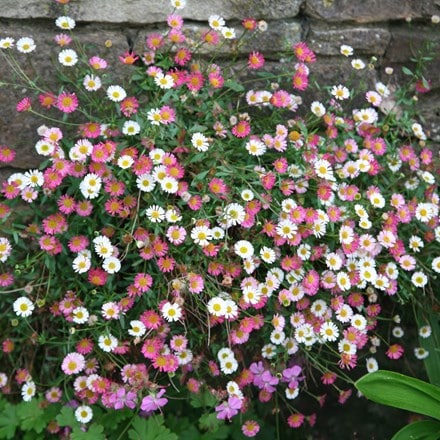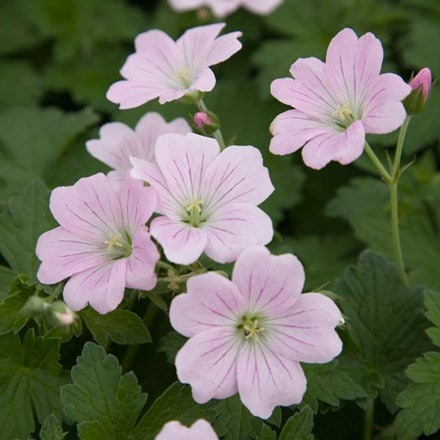Dianthus 'Haytor White'
pink
- 9cm pot
- £6.39 £7.99
- In stock (shipped within 2-3 working days)
- 3 × 9cm pots
- £14.39 £17.99 £4.80 each
- In stock (shipped within 2-3 working days)
Delivery options
- Standard £5.99
- Position: full sun
- Soil: well-drained, neutral to alkaline soil
- Rate of growth: average
- Flowering period: June to September
- Hardiness: fully hardy
Pure white petals, which look as though they have been clipped with pinking shears, form showy 6cm wide flowers that appear for months on end from early summer. These have a good scent and make excellent and long-lived cut flowers. Firm favourites for the cottage garden, Dianthus 'Haytor White' will thrive in a sunny spot.
Dianthus thrives in well-drained, alkaline soil enriched with well-rotted manure or garden compost. When planting, choose a sunny location with good air circulation. Space plants 30cm (12in) apart to allow for growth. Water deeply but infrequently (rather than little and often) to encourage deep root development, especially during dry spells.
In spring, apply a balanced granular fertiliser to promote healthy growth and abundant blooming. Mulch around the plants to retain moisture and suppress weeds, but keep the mulch away from the plant's crown to prevent rot. In areas with harsh winters, provide a light mulch for protection.
Deadhead regularly to extend the blooming period and maintain a tidy appearance. After the main flowering period, trim back lightly to promote new growth at the base of the plant.
In spring, as new shoots emerge, prune more closely to maintain a compact, tidy shape. This pruning regime helps rejuvenate the plant and encourages fuller, more vigorous growth.
In spring, apply a balanced granular fertiliser to promote healthy growth and abundant blooming. Mulch around the plants to retain moisture and suppress weeds, but keep the mulch away from the plant's crown to prevent rot. In areas with harsh winters, provide a light mulch for protection.
Deadhead regularly to extend the blooming period and maintain a tidy appearance. After the main flowering period, trim back lightly to promote new growth at the base of the plant.
In spring, as new shoots emerge, prune more closely to maintain a compact, tidy shape. This pruning regime helps rejuvenate the plant and encourages fuller, more vigorous growth.
- Humans/Pets: Skin allergen
